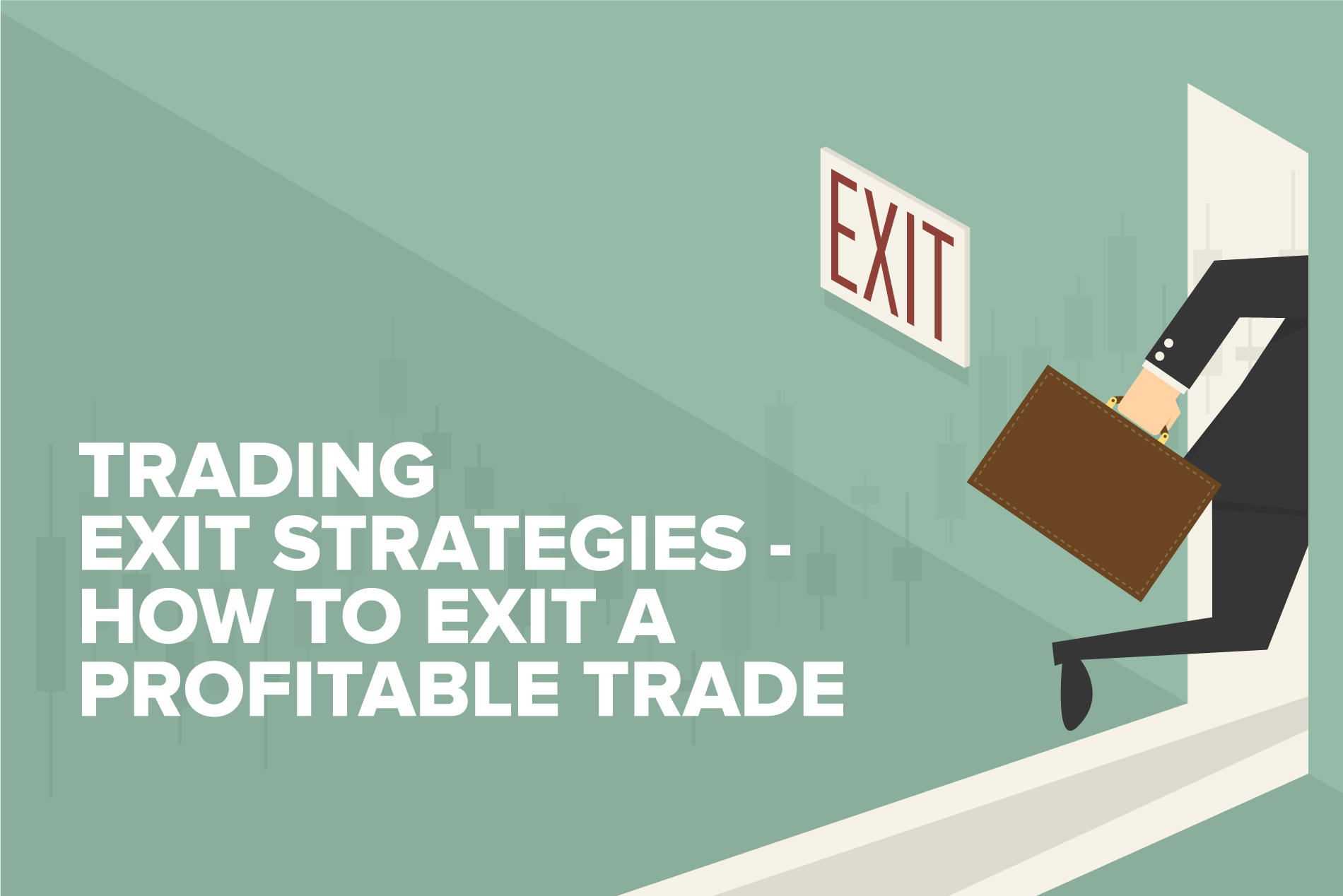Thursday, December 29, 2022
Trading exit strategies - How to exit a profitable trade
تم إعداد هذا المنشور من قبل سنشري للاستشارات

.jpg)
Are you one of those investors who fine-tune every minute detail before entering a trade but fail to come up with effective trading exit strategies? The fact is, many traders find it difficult to exit while stock trading because of improper planning and lack of insight.
.jpg)
You must have an exit strategy in place to ensure that you adhere to the decisions set in your trading strategy. Without a strategy in place, you're more likely to act out of fear or greed, which could cause you to take profits too soon or cut your losses too deep. So, we will take a look at some trading exit strategies you can use during your trades. However, before that, let's first understand a few factors you must consider while planning your trading or forex exit strategy.
Considerations in an exit strategy
Trading style: Trading styles determine how long you will hold a position. Day traders, for example, enter and exit trades within a day. On the other hand, position traders take advantage of overarching market trends and hold their positions for longer periods.
Risk-reward ratio (RRR): This demonstrates the amount of capital you're willing to risk in relation to the trade's potential payoff.

Risk tolerance: Knowing your own risk tolerance is crucial because if you take on too much risk, you can panic and leave your position too soon or too late. Setting stop lossess in your trade allows you to automate risk management in stock or forex trading, which is crucial to controlling your risk tolerance.
Effective exit strategies to keep in mind

There are only two ways to exit a trade: a loss or a profit. When discussing trading exit strategies, the words take-profit and stop-loss orders are used to refer to the type of exit being made. Traders may shorten these phrases to "T/P" and "S/L".
Stop-loss strategies:
Stop-loss orders, often known as stops, are instructions for your broker to cancel a position at a specific price or point automatically. The stop-loss will immediately become a market order when this point is reached. If the market shifts swiftly against you, these can be useful in limiting losses. In addition, it is a good forex exit strategy because you can keep your emotions in check by setting targets or limits simultaneously as you enter the trade.
Take-profit orders:
Take-profit or limit orders are transformed into market orders to close a position when a certain level is reached. What makes it different is that there is no trailing point in take-profit orders, as otherwise, it will not be possible to realize the profit.
Scaling exit strategy:
Scaling out involves leaving out portions of your position based on several factors. For example, to take advantage of the huge wins, you could sell a modest amount now when the market is in your favor, some at a predetermined target, and then some more on the following stop.
Volatility-based exit using average true range (ATR)
.png)
Average True Range (ATR) measures the volatility of the market. The average distance between the high and low for the previous 14 candles provides information on how erratic the market is acting, which you can use to establish stops and limits for each trade.
In forex trading, the higher the Average True Range (ATR), the wider the stop should be on a given currency pair. This makes sense because a tight stop on a risky pair may be hit too soon. Furthermore, excessively wide stops for a pair with lower volatility increases risk beyond what is necessary.
How to build your trading exit strategies?
To start applying these strategies and build your trading exit strategy, you can start by asking a few simple questions:

These questions will bring you back to the primary considerations we discussed initially, a vital part of creating a good trading exit strategy. Whether it is the forex market, the stock market, or investment into any other vehicle, these strategies can come in handy in putting out a successful trade.
Do not forget a good trading exit strategy can boost your confidence as a trader and help build a robust trader profile. Remember this the next time you enter a trade.
Century Financial Consultancy LLC (CFC) is duly licensed and regulated by the Securities and Commodities Authority of UAE (SCA) under license numbers 2020000028 and 2020000081, to practice the activities of Trading broker in the international markets, Trading broker of the Over-The-Counter (OTC) derivatives and currencies in the spot market, Introduction, Financial Consultation and Financial Analysis, and Promotion. CFC is a Limited Liability Company incorporated under the laws of the UAE and registered with the Department of Economic Development of Dubai (registration number 768189).
CFC may provide research reports, analysis, opinions, forecasts, or information (collectively referred to as Information) through CFC’s Websites, or third-party websites, or in any of its newsletters, marketing materials, social media, individual and company e-mails, print and digital media, WhatsApp, SMS or other messaging services, letters, and presentations, individual conversations, lectures (including seminars/webinars) or in any other form of verbal or written communication (collectively referred to as Publications).
Any Information provided in this publication is provided only for marketing, educational and/or informational purposes. Under no circumstances is any Information meant to be construed as an offer, recommendation, advice, or solicitation to buy or sell trading positions, securities, or other financial products. CFC makes no representation or warranty as to the accuracy or completeness of any report or statistical data made in or in connection with this Publication and accepts no responsibility whatsoever for any loss or damage caused by any act or omission taken as a result of the use of the Information.
Please refer to the full risk disclosure mentioned on our website.
















